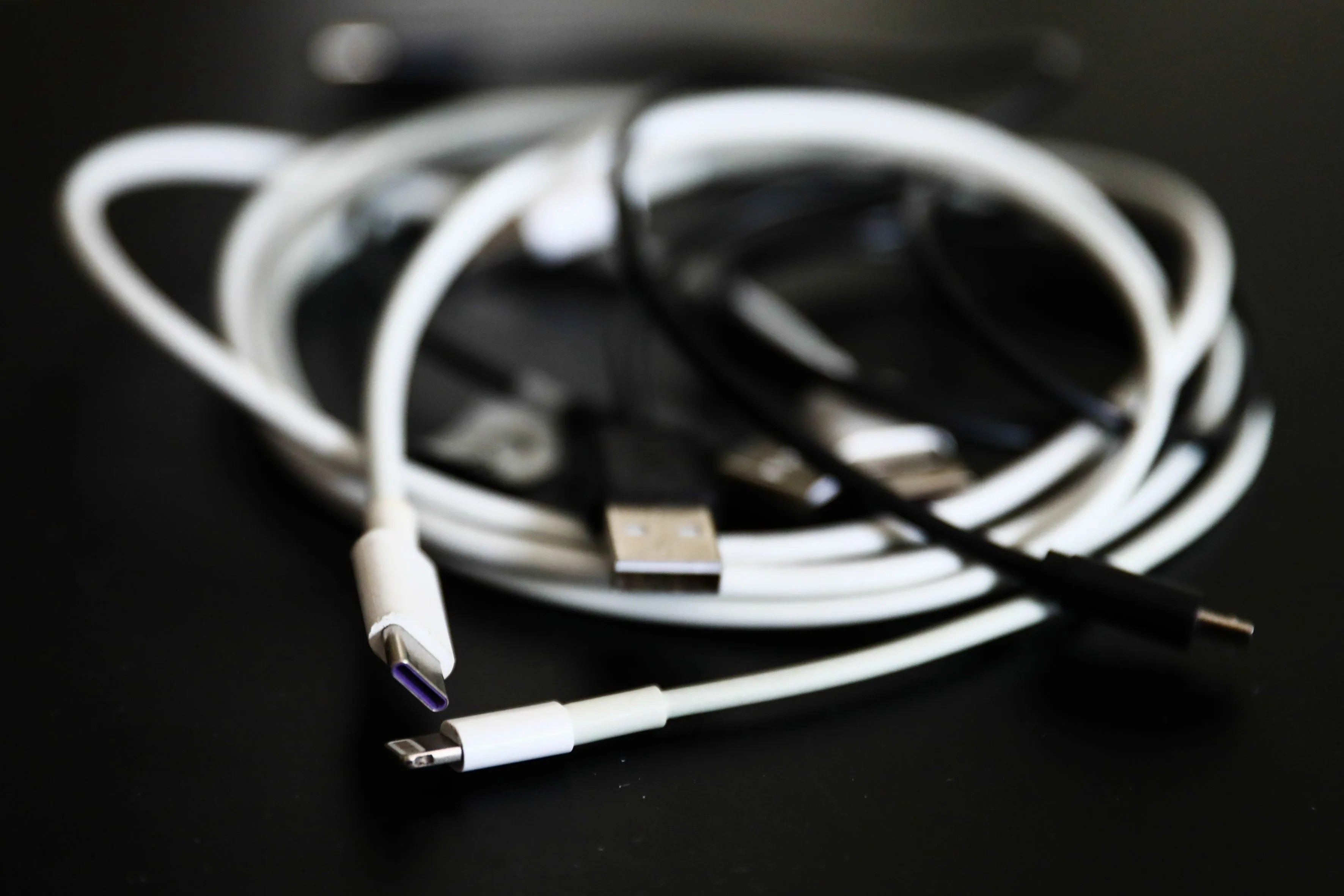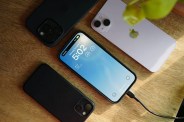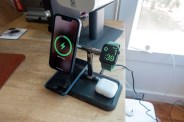If you’ve bought a new gadget in the last few years, chances are it has a USB-C (also referred to as a USB Type-C) charging port. All the latest MacBooks, Chromebooks and Windows laptops have at least one. Pretty much every new Android smartphones have it. Most tablets, including most of Apple’s iPad line, have it. And so too do the vast majority of wireless headphones, wireless earbuds and wireless speakers.
And there’s something wonderful about that: being able to use the same charging cable to refuel every one of your devices. Glorious. But there is a catch: even though they look identical, not all of these ports can do the same thing.
Since its emergence almost a decade ago, USB-C technology has improved and gotten more advanced. Each new generation of USB-C has brought faster charging speeds, faster data transfer speeds and even more advanced video output (for external monitors, projectors or even TVs) capabilities, but most of these changes are under the hood.
The two biggest technologies that have advanced the USB-C port’s capabilities have been the introduction of Power Delivery (PD) and Thunderbolt — and a lot today’s smartphones, tablets, laptops and desktops support both.Here’s what you need to know.
What is USB-C with Power Delivery (PD)?
Power Delivery (PD) is a fast-charging technology that allows a device (or charger) to output higher currents and higher voltages. Basically, it enables you to fast charge larger devices (if those devices support it) like a laptop or smartphone in a shorter amount of time time. The catch that both devices, the charging device and the device receiving the charge, have to both support Power Delivery. And it only works with a USB-C to USB-C connection. Older USB-A to USB-C connections do not support it.
Are all USB-C ports with Power Delivery (PD) the same?
The short answer is: no.
The amount of power that a USB-C port with Power Delivery can output depends on both the outputting device and the device accepting the power. Both devices need to support Power Delivery, of course, but smaller devices (like a smartphone) aren’t capable of accepting as the same level of wattage as a larger device (like a laptop).
For example, the newest M2 MacBook Air can accept up to 67-watts of power, which will charge it to 50-percent in 30 minutes. If you pair it with a 100-watt USB-C adapter that supports Power Delivery, the M2 MacBook Air will still charge at a max 67-watts. On the flip side, the newest 14-inch MacBook Pro, which has larger battery and can accept a higher-wattage of power, can handle a USB-C with Power Delivery connection of up to 96 watts; this will charge to 50-percent in 30 minutes as well.


